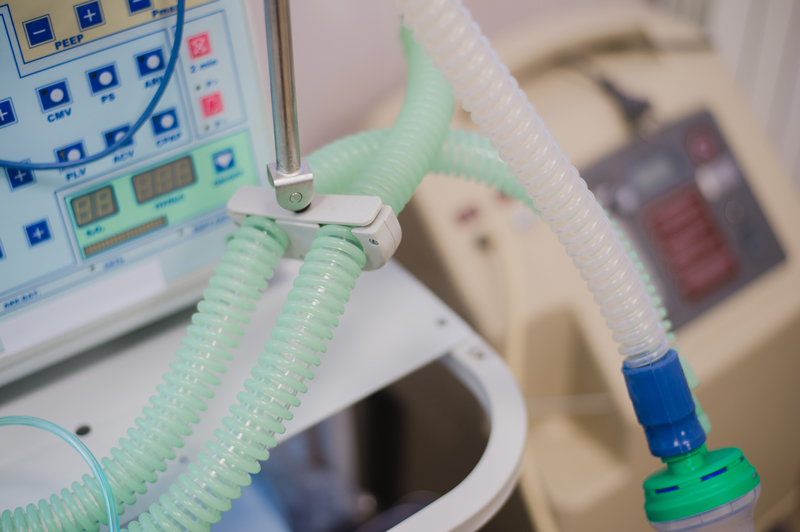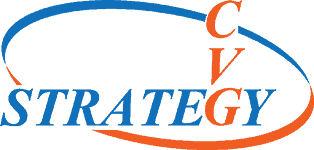
ISO 13485:2016 Applicability
Implementation of ISO 13485:2016 Quality Management System (QMS) is applicable to organizations involved with the any of the steps in a medical devices life cycle, including design, calibration, production, and disposal. This voluntary international standard allows for the variances in regulatory requirements particular to the organization’s region of application. Because ISO 13485 shares the basic structure of other QMS it can be integrated into an overall management system.
Devices Under the Scope of the Standard
ISO 13485:2016 includes in its scope a large variety of medical devices with the exception of pharmacological and immunological products. These include: equipment involved with diagnosis, prevention, monitoring, life support, disinfection, conception, and in vitro analysis of specimens. Its reach extends to the associated services, software, processed materials, and support activities related to these devices.
The standard also addresses the control of the work environment in the medical device industry for sterile devices that require contamination control. These controls address requirements for documented procedures for both facility and personnel.
Requirements for Design and Development
As can be expected, there are detailed requirements addressing the design and development of medical devices. Firstly, verification should be conducted to that the equipment performs as defined in design inputs. These evaluations must be conducted using statistical techniques that include a rationale for sample sizes. Furthermore, evaluations should be performed with the equipment connected to interfaced equipment in its regular use.
Validation evaluations are also required for medical devices. These evaluations should be performed on representative equipment. These validations an include clinical and or performance evaluations in accordance with relevant standards.
As well as ensuring that a design is suitable for use, ISO 13485:2016 also has controls for ensuring that the product is suitable for manufacturing. This step involves verification that the manufactured product can meet design requirements.
Purchasing Requirements for Medical Devices
Given the importance of the level of quality required for medical devices it is understandable that Implementation of ISO 13485:2016 requires significant requirements on the procurement process. It is therefore important that suppliers be selected based on their ability to meet an organization’s requirements. The performance should be regularly assessed and the degree of diligence should be proportional to the associated risks.
Criteria for evaluation of suppliers is to be conducted prior to the selection of suppliers. these criteria can include product specifications, acceptance procedures, supplier personnel qualifications, or any other stipulations mandated by the QMS.
Once products have been purchased by the organization, their quality shall be verified according to documented processes.
Installation and Servicing Activities
Unlike many QMS, ISO 13485 includes requirements for organizations that install and service products. The standard requires that methods of installation and servicing be performed in accordance to documented procedures. It also requires that these services be documented and records retained. Furthermore it is incumbent on the service provider to validate methods of installation and service.
Identification and Traceability of Medical Devices
Identification of devices is to be performed that can provide a unique identity of the product during all phases of its life cycle, including manufacturing, storage, and installation. This should be performed in accordance with applicable regulations.
Generally, the standard requires documentation of procedures to maintain traceability of medical devices. This requirement applies to manufactures and customers of devices. This traceability should protect medical devices from from unauthorized alteration, contamination, or damage.
Monitoring and Measurement
Implementation of ISO 13485:2016, as with most QMS, requires establishing monitoring and measurement activities. This standard is no different in that it places requirements on the organization to gather information that will provide feedback. Here though, special attention is given to complaint handling. For this standard, specific protocols are built around the handling of complaints including sharing of data with relevant third parties and regulatory authorities.
Corrective Action and Preventative Action (CAPA)
A major feature of ISO 13485:2016 are Corrective Action and Preventative Action (CAPA) processes. These processes correspond to requirements for the Food and Drug Administration (FDA) as defined in Section 820.100 of Title 21.
Corrective actions include the following:
- A thorough analysis of all involved processes and relevant documentation. This should include a complete identification of existing and potential sources of nonconformity. This information should utilize statistical methodologies to detect recurring issues;
- Identification of non-conformity causes;
- Identification of required actions needed to prevent recurrence nonconformance;
- Conducting appropriate planning and documentation of actions;
- Ensuring through verification that actions taken do not have adverse affects;
- Conducting a review of actions to determine effectiveness;
Preventative actions include:
- The determination of potential nonconformities;
- The evaluation of actions to address the potential nonconformities;
- Documenting these actions;
- Conducting analysis to verify that preventative actions do not have adverse effects;
- Conducting regular reviews of these actions
Additional Jurisdictional Requirements for Medical Devices
Medical Devices Regulation and the Food and Drug Administration (FDA)
In the United States, it is a requirement for manufacturers of medical devices to establish and comply with quality systems to ensure consistency in product quality. Under the jurisdiction of the Food and Drug Administration (FDA), the Current Good Manufacturing Practices (CMGP) are defined under Part 820 of the Code of Federal Regulations Title 21. Because this places additional requirements on those organizations involved with medical devices in multiple countries, the FDA has signaled its intent to harmonize the U.S. Quality System Regulation with the international standard.
European Medical Devices Regulation
For organizations involved in medical devices the European Union, Medical Devices Regulation (EU 2017/745) establishes requirements beyond those stipulated in ISO 13485:2016. These include additional risk analysis and management tasks specific for each individual device and a requirement for sufficient financial coverage to handle potential product liabilities.
CVG Strategy Can Help
Given the potential risks of harm involved in the design and manufacture of medical equipment, requirements and regulations are rigorous. Aside from ISO 13485 medical device manufacturers may also need to comply with:
- ISO 9001:2015
- ISO 27001
- ISO 14971:2019
- FDA Title 21 Part 820
- EU Directive 98/79EC
CVG Strategy Quality Management experts can assist your organization in the Implementation of ISO 13485:2016. Our team has helped organizations meet international requirements for many medical devices.
Our quality experts understand the importance in processes and process improvement. We offer a variety of Quality Management services to assist in the implementation and continual improvement of effective systems that save money and ensure customer satisfaction.


